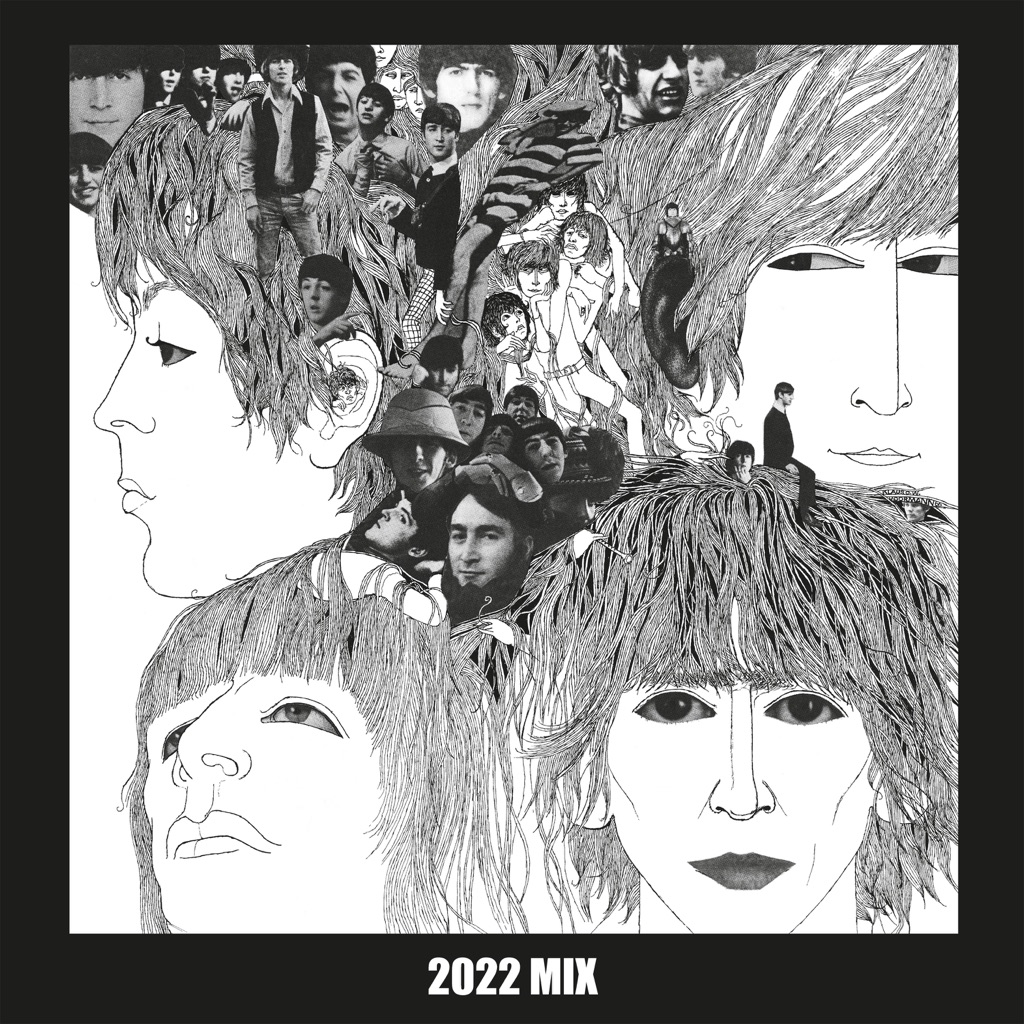
One of the great, possibly true stories about 1966’s Revolver concerns an exchange between Paul McCartney and Bob Dylan at London’s Mayfair Hotel about what they were currently working on. (In Dylan’s case, it was Blonde on Blonde.) On hearing the tape loops and death poetry of “Tomorrow Never Knows”, Dylan allegedly said to McCartney, “Oh, I get it. You don’t want to be cute anymore.”
It’s not entirely true. Part of what makes Revolver appealing is that it’s as much “Yellow Submarine” and the domestic sweetness of “Here, There and Everywhere” as it is “She Said She Said” and “Tomorrow Never Knows”. But Dylan’s point was well-taken: For a band that put out “I Want to Hold Your Hand” less than three years earlier, the relative complexity of Revolver—in both sound and subject matter—not only challenged The Beatles’ image as the pop band the whole family could agree on (as opposed to, say, The Rolling Stones), but it also put pop on a course toward unfamiliar horizons.
Not only were The Beatles able to bridge their interest in the relatively uncommercial worlds of psychedelia, experimental, and Indian classical music with Motown (“Got to Get You Into My Life”) and what we now think of as classically Beatlesque pop (“Good Day Sunshine”), but they also gave us a template for the pop album as the kaleidoscopically varied studio construction we think of it as today. Cute, but more.
On the occasion of the album’s 2022 Super Deluxe reissue—which, in addition to a new mix in Spatial Audio by Giles Martin and Sam Okell, features some extraordinary rehearsals, outtakes and demos—we’re taking a look back at what shaped Revolver and what Revolver shaped in turn.
Before: The R&B Backbeat Revolver is the last Beatles album where you can really hear the influence of American soul and R&B. “Taxman” is obvious, as is “Got to Get You Into My Life”, which John called “our Tamla-Motown bit”. But you can also hear it in “And Your Bird Can Sing” and “Love You To”, whose Indian influence is anchored by a beat heavy enough to drive a dance floor regardless of the continent it’s on. And where the beat of “Tomorrow Never Knows” is rightly cited as a precursor to techno and drum ’n’ bass, it’s also a take on the syncopations of James Brown drummer Clyde Stubblefield, who said he got his style, in part, from listening to washing machines and trains—the funk of daily life. Their growing conceptual interests didn’t get in the way of their roots as a bar-and-dance band, and their ability to bridge the two—or, more importantly, to dissolve the distinction between them—is part of what makes Revolver Revolver. Four people, one room.
Before: British Humour and the Surrealism of Daily Life For however mystical Revolver can seem, squint and you hear an album mostly about ordinary life. “Eleanor Rigby”, “Doctor Robert”, the “Taxman”, the lovebirds of “Here, There and Everywhere” and the eccentric of “I’m Only Sleeping”: these are the people in your neighbourhood, and if they’re stranger than you remember, it might be because you never really looked. The Kinks were experts in this field. And John, in particular, was a fan of the Scottish singer Ivor Cutler, whose novelty songs masked a sense of surrealism that pointed toward more cosmic realms. The point isn’t just that Revolver was strange, but that it located its strangeness in places easily dismissed as familiar. So, while John borrowed the first line of “Tomorrow Never Knows” from a book connecting LSD with The Tibetan Book of the Dead, its title came from a more historically modest source: Ringo Starr.
Before: Power of the Experiment Given their cultural stature, it’s easy to forget that The Beatles didn’t really know what they were doing at the time. So, while Revolver’s experimental qualities—the tape loops of “Tomorrow Never Knows”, the dislocated horn sections of “Got to Get You Into My Life”—could seem pretentious or alienating, they’re better understood as an embrace of the same unknowns that led to “Yesterday” or “Norwegian Wood (This Bird Has Flown)”. Namely, can this be done? Though the band’s interest in avant-garde composers like John Cage or Luciano Berio wasn’t always obvious in their sound, it spoke to a sense of experimentation and open-mindedness that spurred them on when they could’ve easily and comfortably stayed in the same place.
Before: Pop as Art Part of The Beatles’ story is that of pop’s transformation into something like art. Not that Revolver was without precedent. Frank Sinatra’s serial-like string of albums in the ’50s (In the Wee Small Hours, Only the Lonely, No One Cares), Ray Charles’ Modern Sounds in Country and Western Music, the sound sculptures of producers like Phil Spector and Joe Meek, the arrangements of The Beach Boys’ Pet Sounds—all undoubtedly pop music. But they’re also examples of artists stretching pop to accommodate a sense of depth and conceptual ambition that hadn’t been there before. As George said around the time of Revolver’s release, selling a lot of records was nice. Now the point was to make them better.
After: Psychedelia for the Mainstream The real psychedelic quality of Revolver wasn’t its sound but its subject. Time, memory, the inevitability of death: With the exception of Bob Dylan and The Byrds, no mid-’60s pop artists were wading as deeply into inner space as The Beatles. And because, in George’s words, they’d “had a few hits”, their ideas landed on audiences that probably wouldn’t have encountered them otherwise, or at least ones that might’ve been more hesitant to hear them out. The effect was to expand our sense of the terrain that pop music could cover and introduce a sense of headiness and ambiguity that gave way to everything from Jimi Hendrix and Prince to the inward-facing stance of alternative rock. Revolver tried to touch what can’t be touched.
After: The Studio as Instrument Before Revolver, the studio was, by and large, a place where bands went to record music they’d already worked out. After Revolver, it became a kind of instrument of its own. It wasn’t just the unprecedented amount of time The Beatles spent making it (220 hours to Rubber Soul’s 80) or their experiments with new technology; it was the way they opened their process to the concept of music being less a set of notes than a sequence of sounds—an attitude that evolved into everything from dub to shoegaze to hip-hop. Paul remembers meeting with producer George Martin before they went into the studio to play him what they’d been writing. When they got to “Tomorrow Never Knows”, Martin was curious but puzzled: there were no chord changes, no verses, no chorus. In other words, it wasn’t a song. The blueprint was in the band’s collective head, but you couldn’t make sense of it until the work was done.
After: Pop as Playground Revolver helped define the pop album as a loose, collage-like space where you could get any number of sounds and moods thrown at you. Paul’s sweetness, John’s cynicism, the experimental and the straightforward, Western R&B and Eastern classical—and each of them somehow as much a part of the band’s identity as the others. Not only was the shift an important step toward understanding artists as people who curate and arrange the world rather than creating it out of thin air, but it also gave us a template you can still hear in everything from Thriller to Purple Rain, M.I.A.’s Kala and Frank Ocean’s Blonde. Revolver wasn’t just a marketing tool; it was an experience. And the band’s eclecticism wasn’t a lack of commitment—it was liberation.
Tracklisting
- New Stereo Mix
- Taxman
- Eleanor Rigby
- I’m Only Sleeping
- Love You To
- Here, There And Everywhere
- Yellow Submarine
- She Said She Said
- Good Day Sunshine
- And Your Bird Can Sing
- For No One
- Doctor Robert
- I Want To Tell You
- Got To Get You Into My Life
- Tomorrow Never Knows
- Revolver Sessions
- Tomorrow Never Knows (Take 1)
- Tomorrow Never Knows (Mono Mix RM 11)
- Got To Get You Into My Life (First Version - Take 5)
- Got To Get You Into My Life (Second Version Unnumbered Mix)
- Got To Get You Into My Life (Second Version - Take 8)
- Love You To (Take 1)
- Love You To (Unnumbered Rehearsal)
- Love You To (Take 7)
- Paperback Writer (Takes 1 And 2 - Backing Track)
- Rain (Take 5 - Actual Speed)
- Rain (Take 5 - Slowed Down For Master Tape)
- Doctor Robert (Take 7)
- And Your Bird Can Sing (First Version - Take 2)
- And Your Bird Can Sing (First Version - Take 2) (Giggling)
- And Your Bird Can Sing (Second Version - Take 5)
- Taxman (Take 1)
- I’m Only Sleeping (Rehearsal Fragment)
- I’m Only Sleeping (Take 2)
- I’m Only Sleeping (Take 5)
- I’m Only Sleeping (Mono Mix RM1)
- Eleanor Rigby (Speech Before Take 2)
- Eleanor Rigby (Take 2)
- For No One Take (10 Backing Track)
- Yellow Submarine (Songwriting Work Tape Part 1)
- Yellow Submarine (Songwriting Work Tape Part 2)
- Yellow Submarine (Take 4 Before Sound Effects)
- Yellow Submarine (Highlighted Sound Effects)
- I Want To Tell You (Speech And Take 4)
- Here, There And Everywhere (Take 6)
- She Said She Said (John’s Demo)
- She Said She Said (Take 15 - Backing Track Rehearsal)
- Original Mono Master
- Taxman
- Eleanor Rigby
- I’m Only Sleeping
- Love You To
- Here, There And Everywhere
- Yellow Submarine
- She Said She Said
- Good Day Sunshine
- And Your Bird Can Sing
- For No One
- Doctor Robert
- I Want To Tell You
- Got To Get You Into My Life
- Tomorrow Never Knows
- Revolver EP
- Paperback Writer (Stereo)
- Rain (Stereo)
- Paperback Writer (Mono)
- Rain (Mono)
Apple Music
Release Images
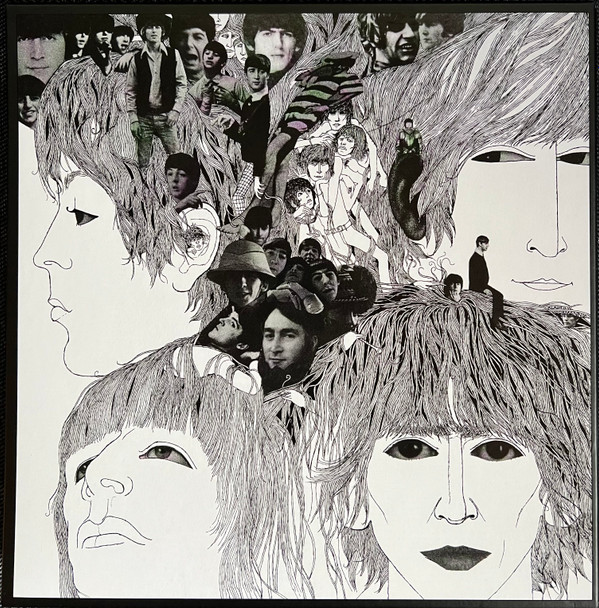

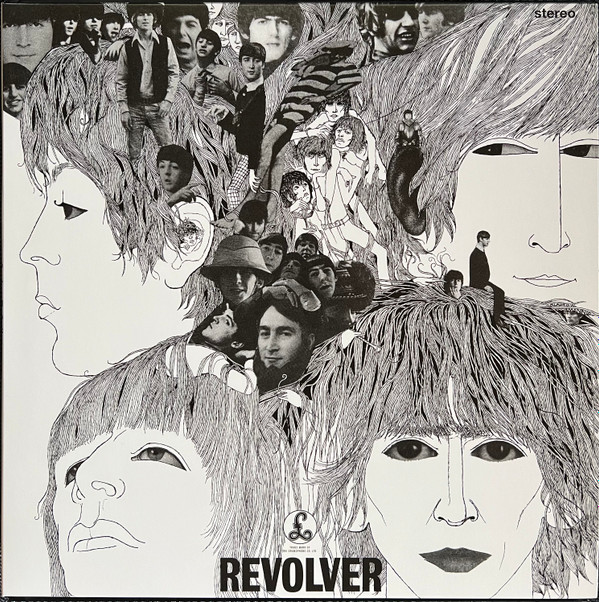
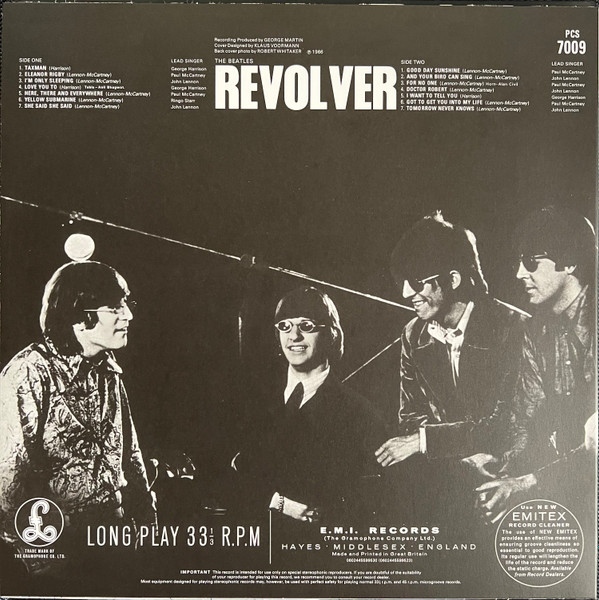
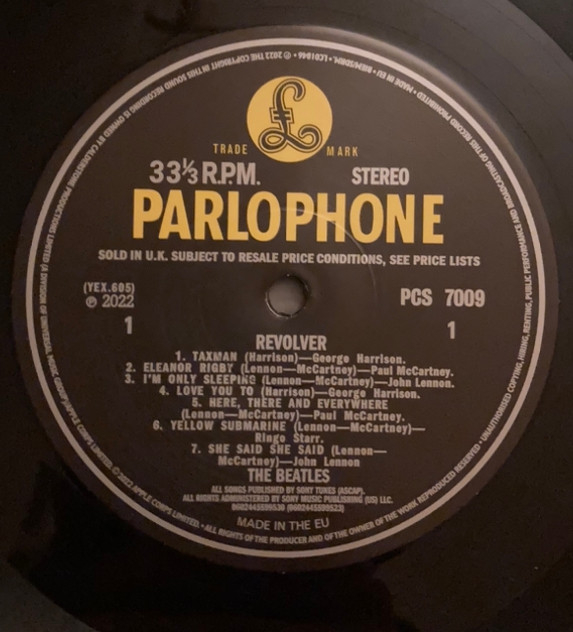
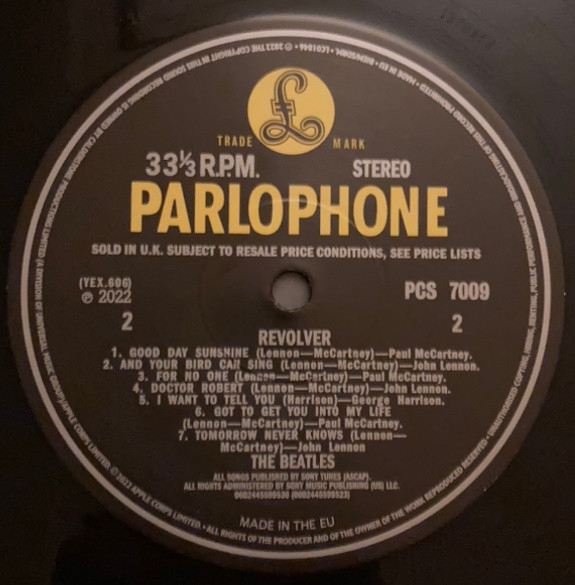
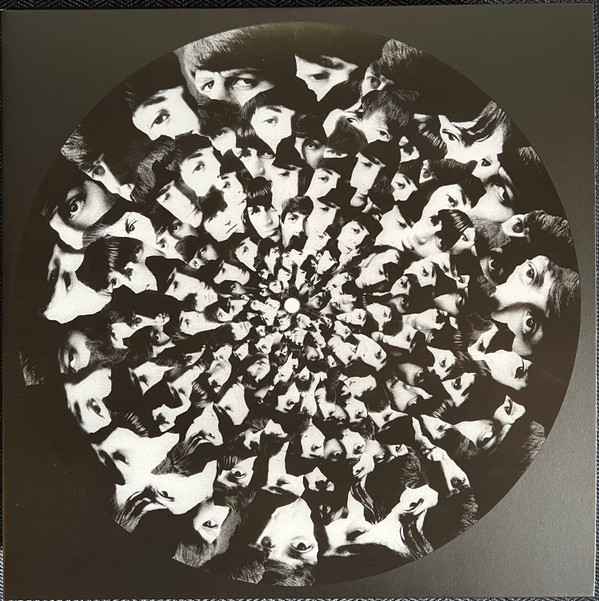
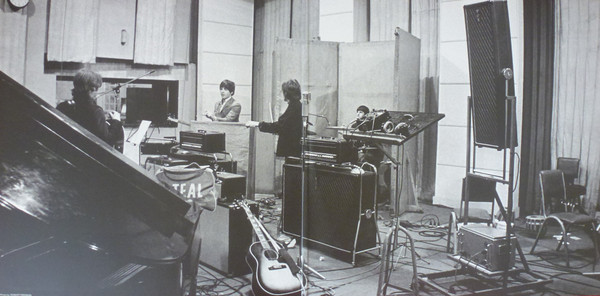
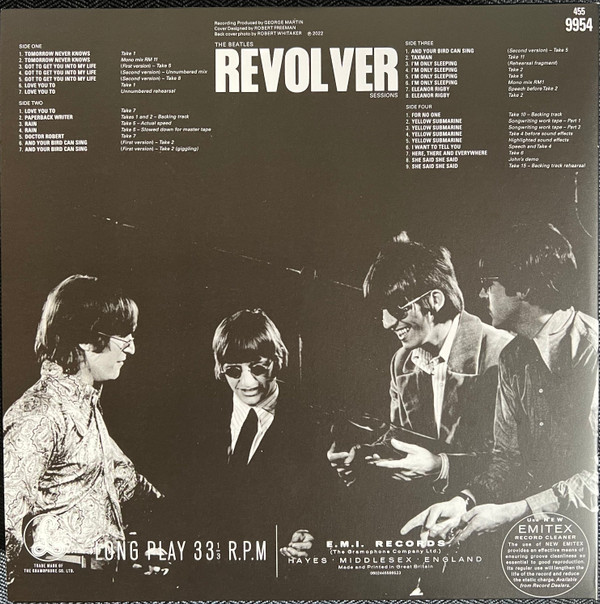
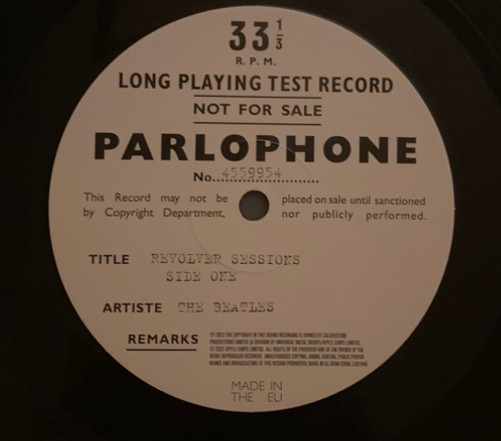
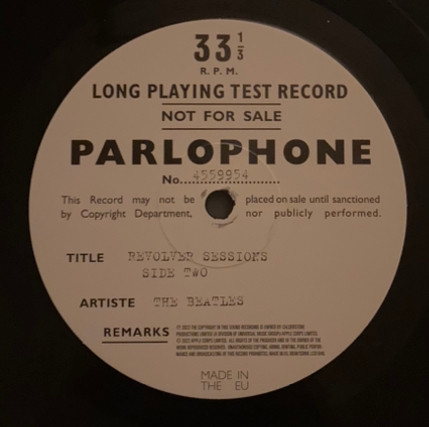
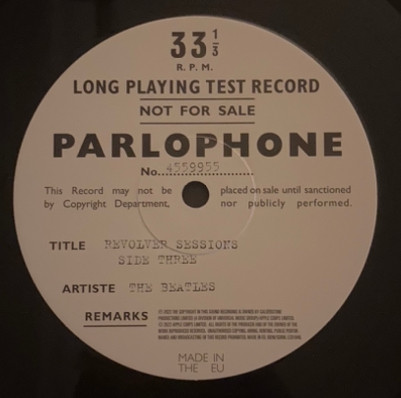
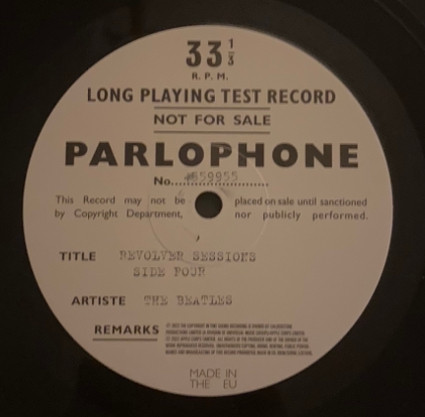

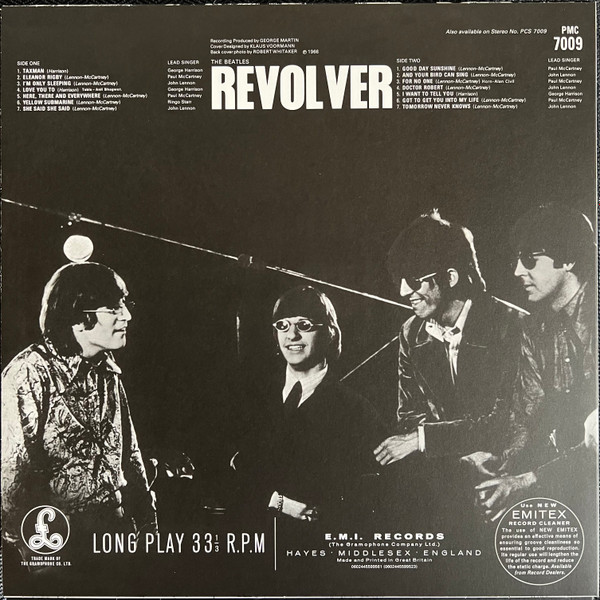


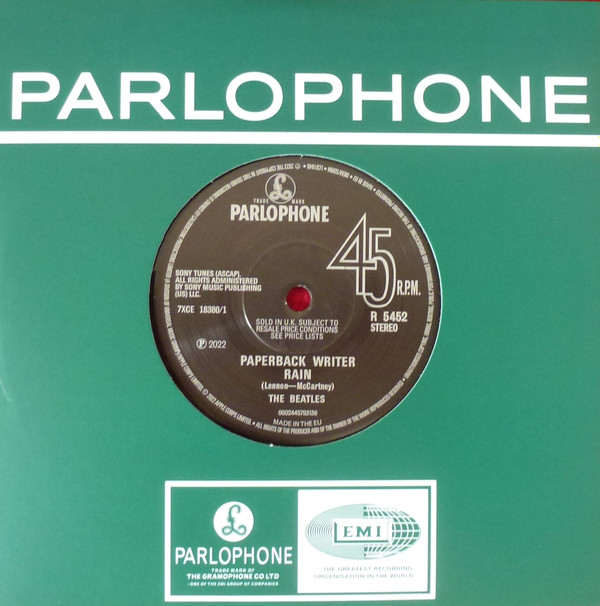
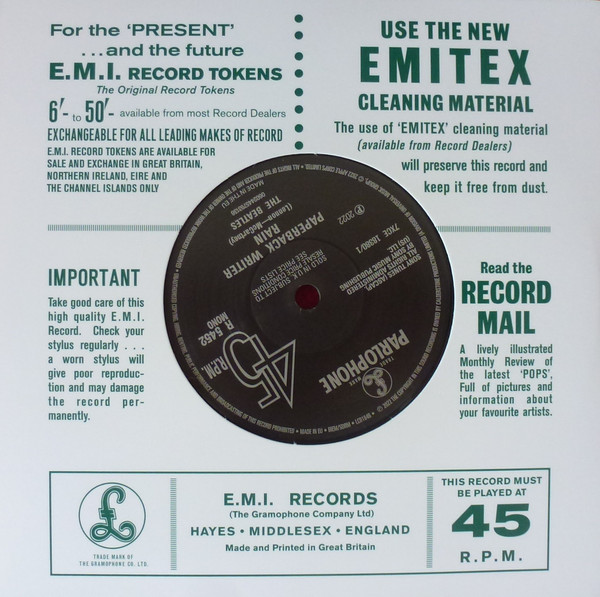
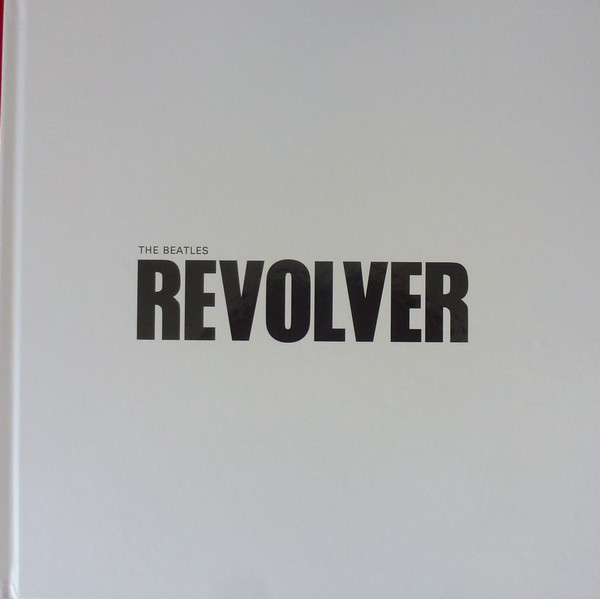


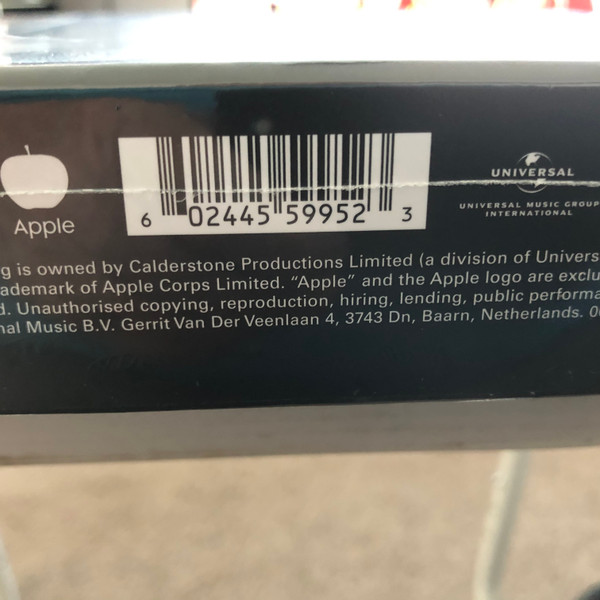

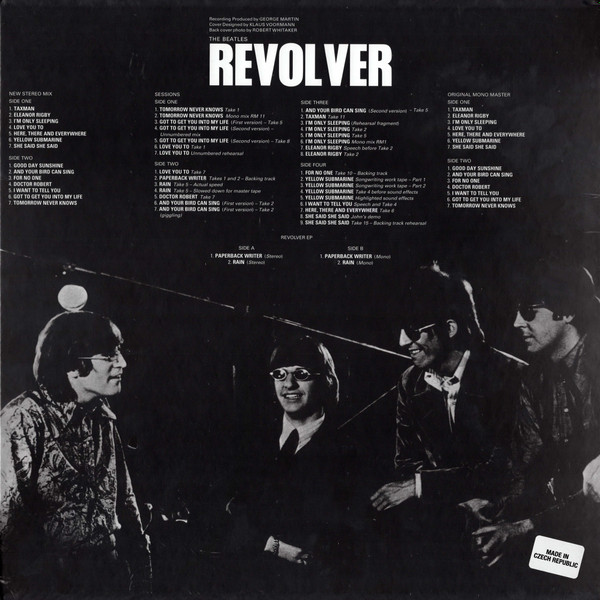
Release Information
| Key | Value |
|---|---|
| Wikipedia URL | https://en.wikipedia.org/wiki/Revolver_(Beatles_album) |
| Format | Vinyl LP Album Reissue Stereo (180 Gram, Remixed), Vinyl 2× LP Stereo (180 Gram), Vinyl LP Album Reissue Mono (180 Gram), Vinyl 7" 45 RPM EP Stereo Mono (Stereo Remix), Box Set (Super Deluxe) |
| Label | Apple Records |
| Catalog Number | 0602445599523 |
| Notes | Comes in a slipcase box. The ‘New Stereo Mix’ and ‘Original Mono Mix’ are each housed in a separate jacket and the ‘Revolver Sessions’ in a gatefold jacket. Each of the 4 LPs have a plain white poly-lined inner sleeve. The EP is housed in a printed jacket without an inner sleeve. Includes a 100-page LP-sized hardbound book. Hype sticker on shrink-wrap front and ‘Made in Czech Republic on shrink-wrap back. First Catalog number appears on box bottom and each LP label. Second catalog number appears on the hype sticker. [From box bottom] ℗ 2022 The copyright in this sound recording is owned by Calderstone Productions Limited (a division of Universal Music Group)/Apple Corps Limited. © Apple Corps Limited [From hype sticker] Super deluxe 4 LP edition New stereo mix by Giles Martin and Sam Okell Two sessions LPs of outtakes, rehearsals, demos and studio chat Original 1966 mono LP 180 gram vinyl Plus 7" bonus EP with ‘Paperback Writer’ & ‘Rain’ in new stereo mixes & original 1966 mono 100-page hardback book with a Foreword by Paul McCartney, extensive historical and track-by-track information, rare photos and memorabilia. [From labels] ℗ 2022 {Missing from “Sessions” LPs} Made in the EU ℗ 2022 The copyright in this sound recording is owned by Calderstone Productions Limited (a division of Universal Music Group)/Apple Corps Limited. © Apple Corps Limited. [From booklet pg 99] © Apple Corps Limited […] All songs published by Sony Tunes (ASCAP). All rights administered by Sony Music Publishing (US) LLC. All runouts are stamped besides “MILES. ABBEY ROAD 1/2 SPEED. ROOM30” which is etched and only appears on sides A and B. |
| Discogs URL | The Beatles - Revolver |